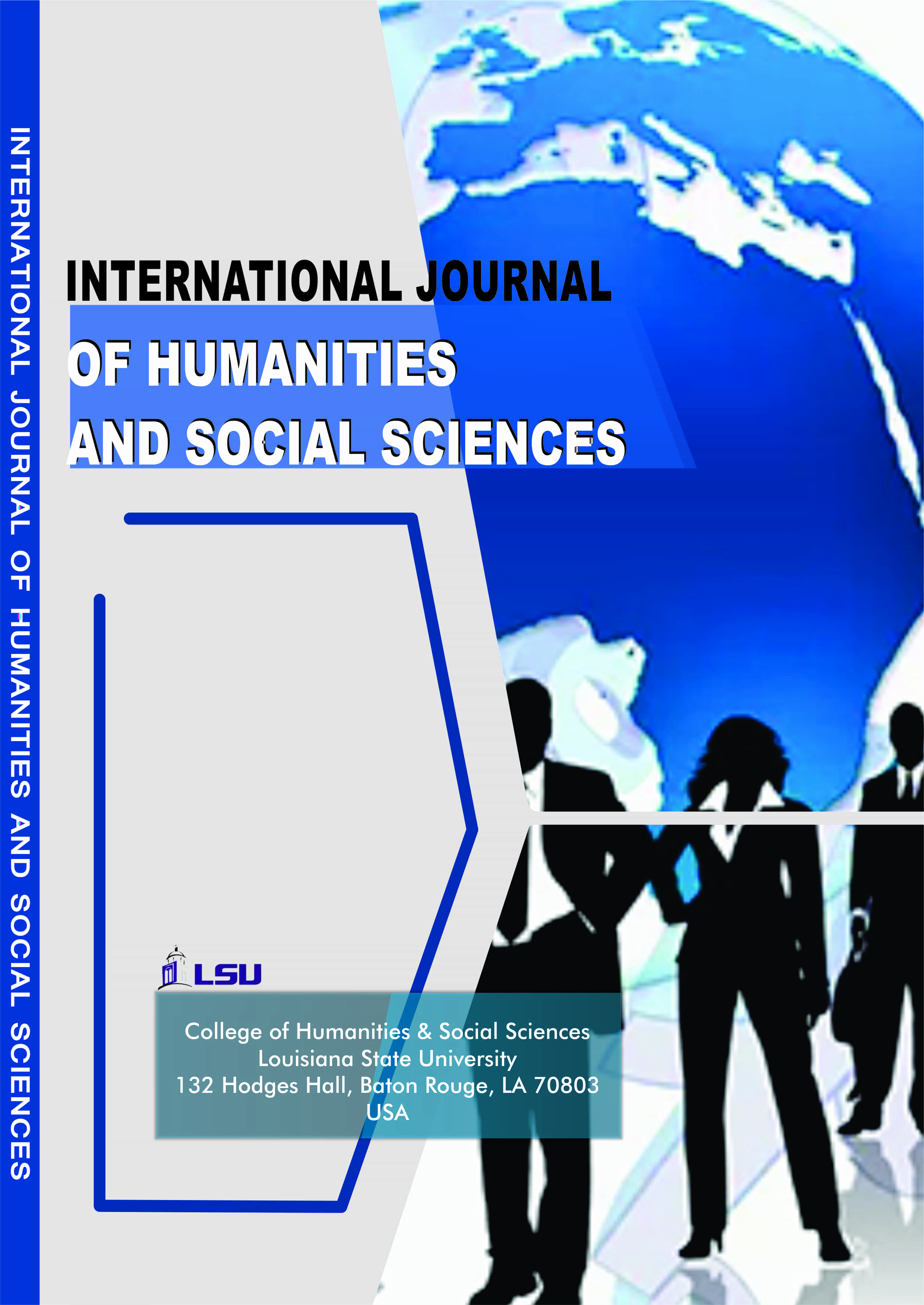INTERNATIONAL JOURNAL OF HUMANITIES AND SOCIAL SCIENCES (IJHSS)
Expectation of Tourism Demand in Iraq by Using Artificial Neural Network
E-ISSN: 3435-6457
P-ISSN: 8654-3552
DOI: https://iigdpublishers.com/article/483
This study survey and proves this effectiveness connected with artificial neural networks (ANNs) as an alternative approach in the tourism research. The learning utilizes the travel industry in the Japan being a method for estimating need to exhibit the solicitation. The outcome reveals the use of ANNs in tourism research might perhaps result in better quotations when it comes to prediction bias and accuracy. Even more applications of ANNs in the context of tourism demand examination is needed to establish and validate the effects. An ANN is based on a collection of connected units or nodes called artificial neurons, which loosely model the neurons in a biological brain. Each connection, like the synapses in a biological brain, can transmit a signal to other neurons. An artificial neuron that receives a signal then processes it and can signal neurons connected to it.
Rashid Anasari
G. Dreyfus. (n.d.). Neural Networks Methodology and Applications. Springer-Verlag Berlin Heidelberg 2005. Gershenson, C. (n.d.). Artificial Neural Networks for Beginners, 1–8.
Johnson, P., & Ashworth, J. (1990). Modelling tourism demand: A summary review. Leisure Studies. Retrieved from http://www.tandfonline.com/doi/pdf/10.1080/02614369000390131
Kecman, V. (2001). Learning and soft computing: support vector machines, neural networks, and fuzzy logic models. MIT press.
Kon, S., & Turner, L. (2005). Neural network forecasting of tourism demand. Tourism Economics. Retrieved from http://www.ingentaconnect.com/content/ip/tec/2005/00000011/00000003/art00001
Law, R. (2001). The impact of the Asian financial crisis on Japanese demand for travel to Hong Kong: A study of various forecasting techniques. Journal of Travel & Tourism Marketing. Retrieved from http://www.tandfonline.com/doi/abs/10.1080/10548400109511558
